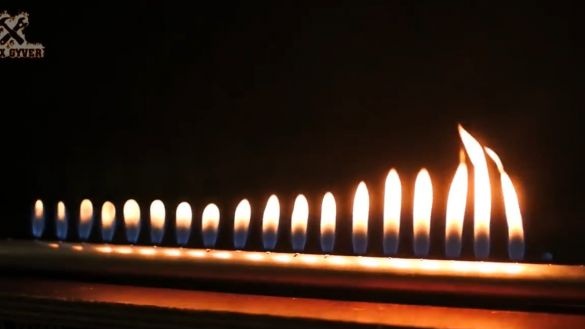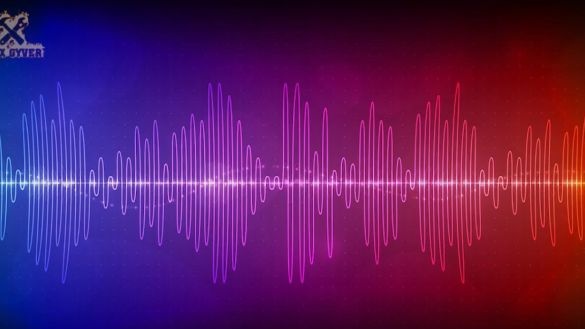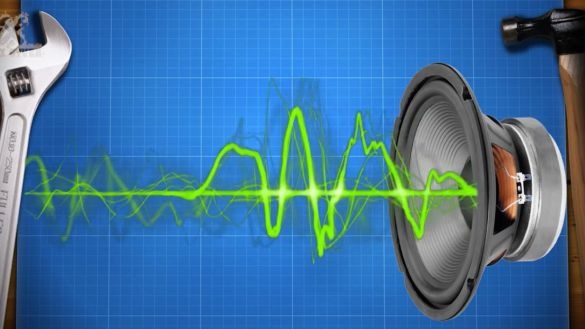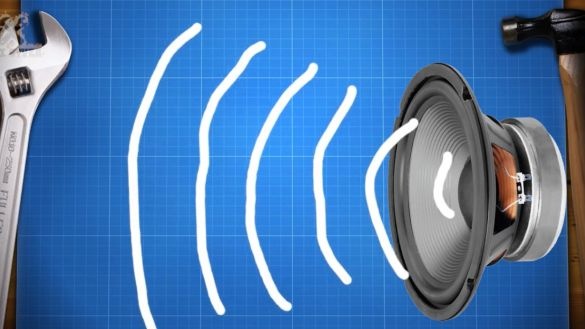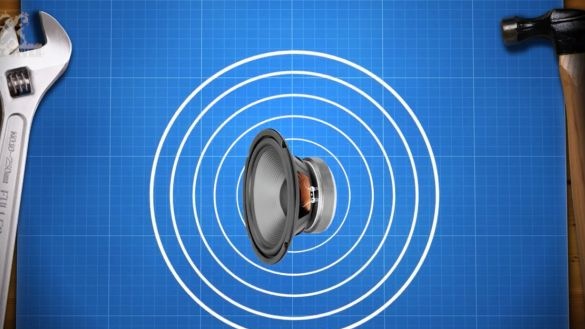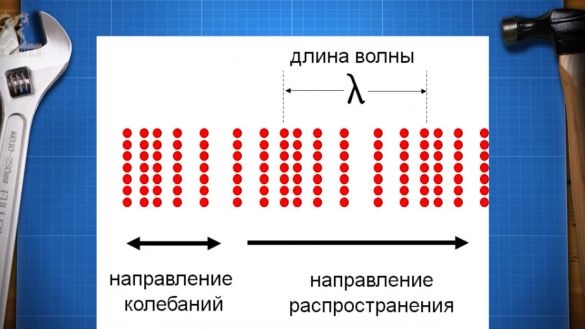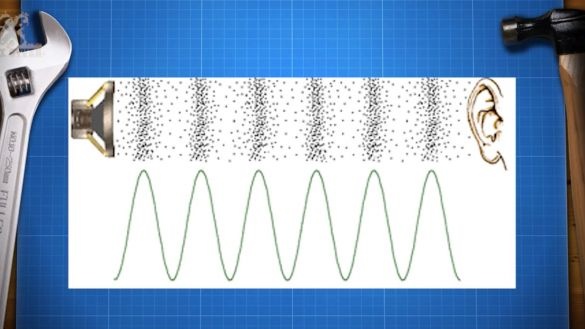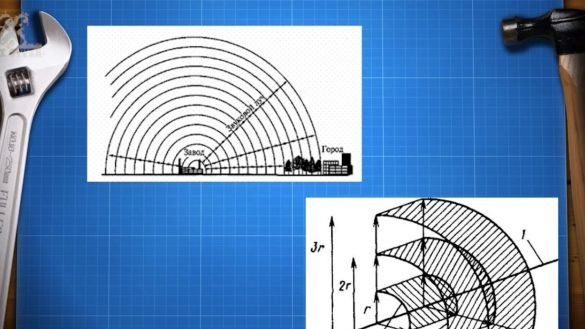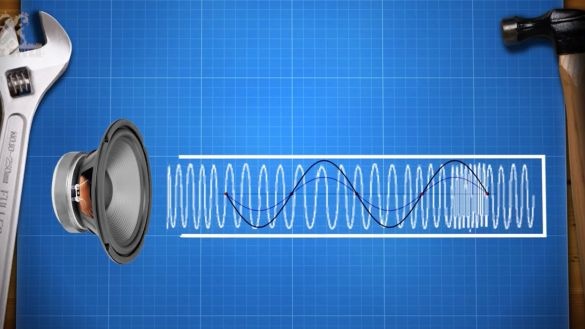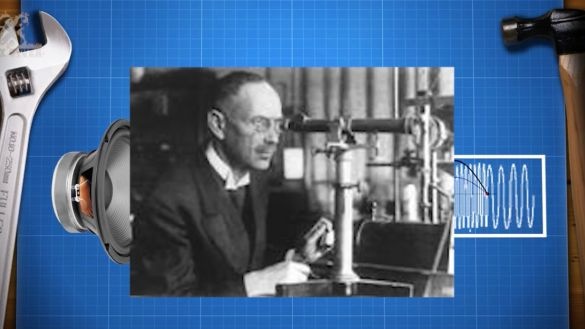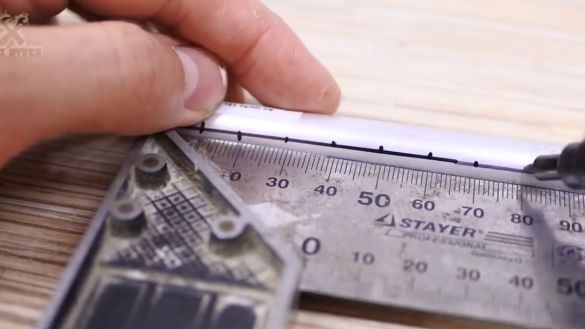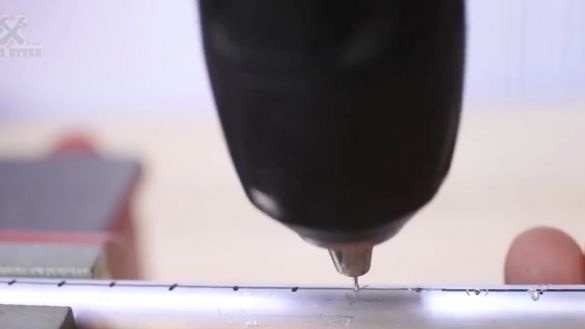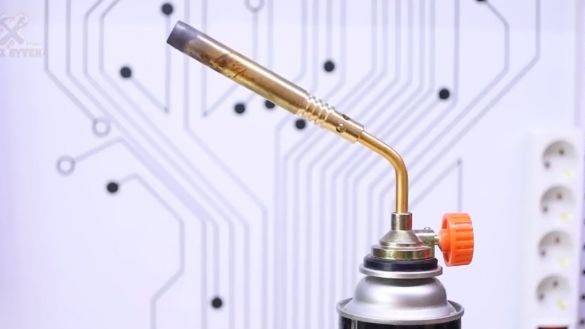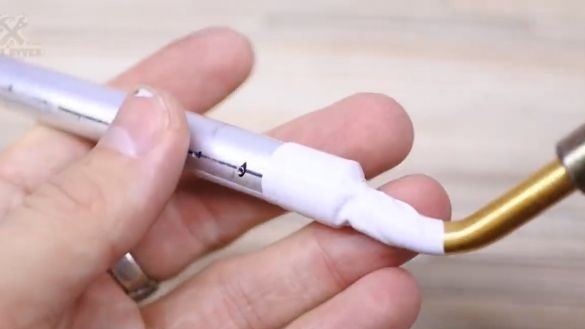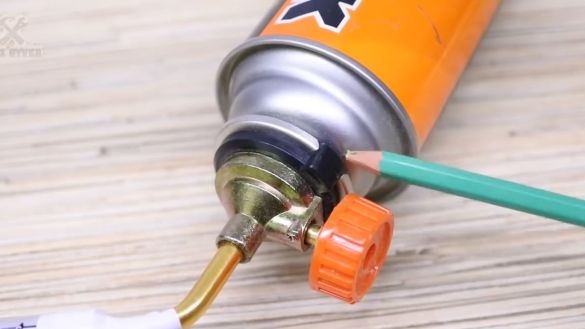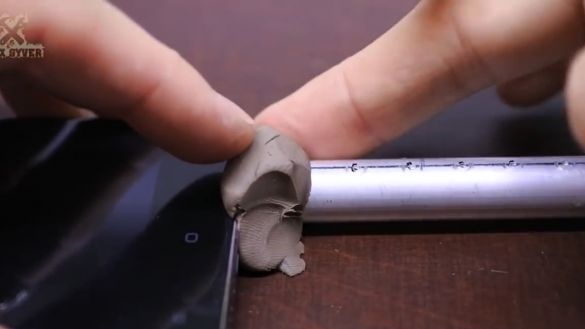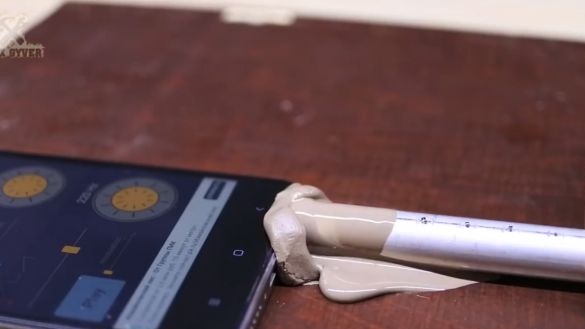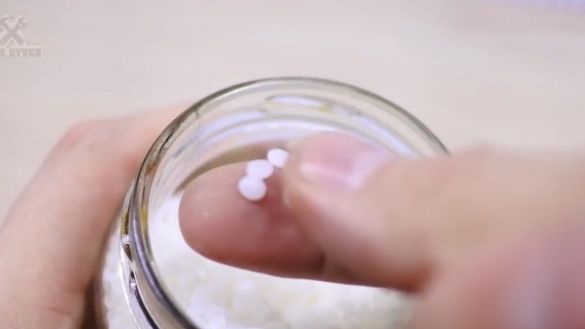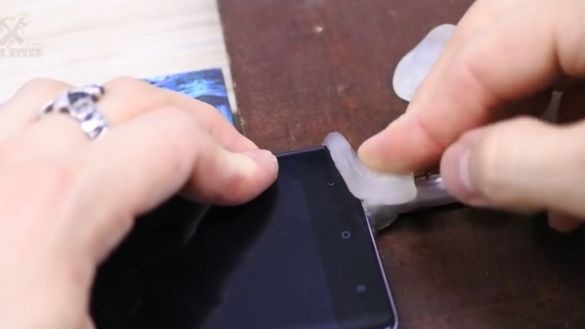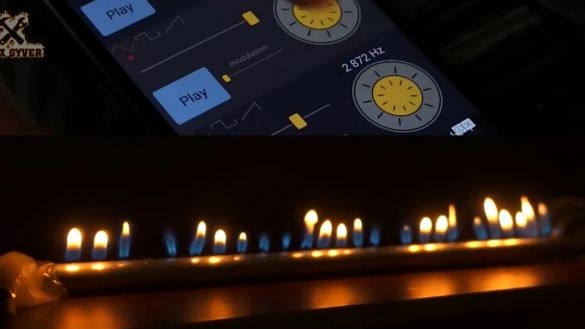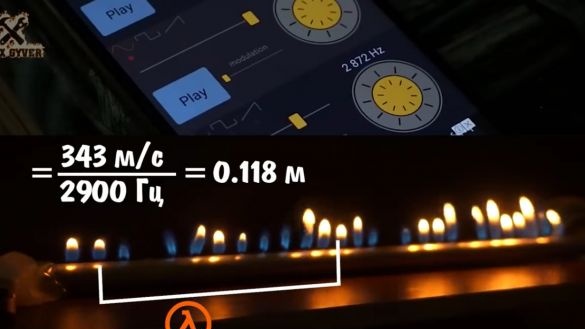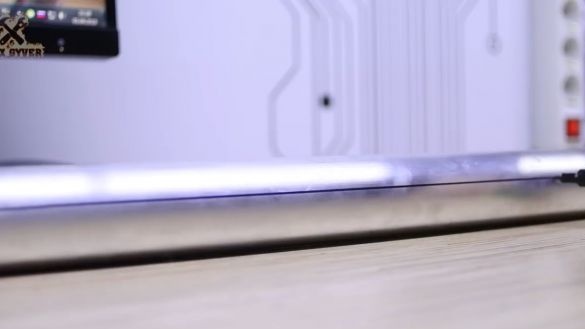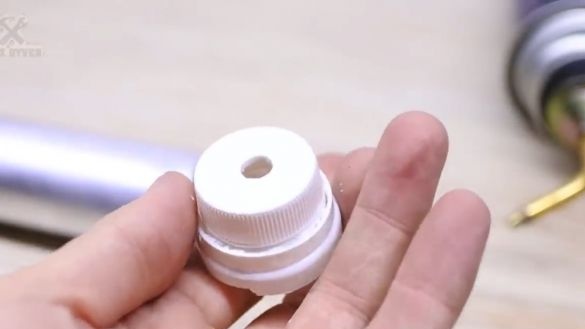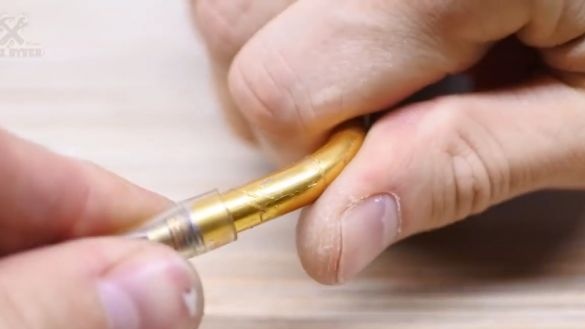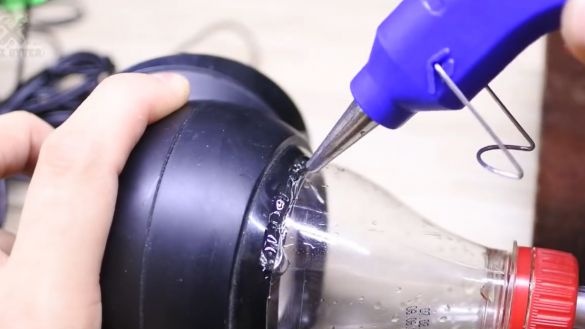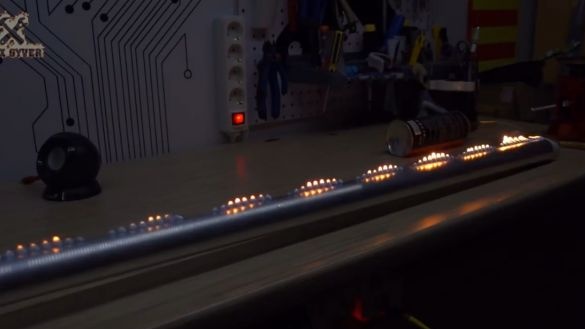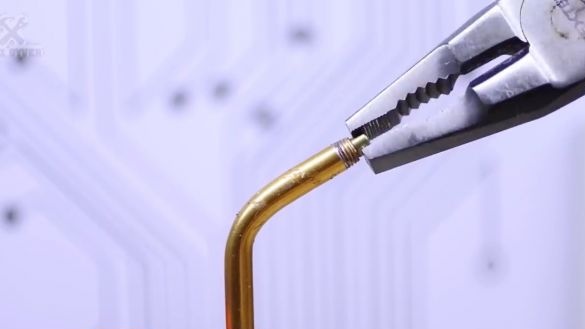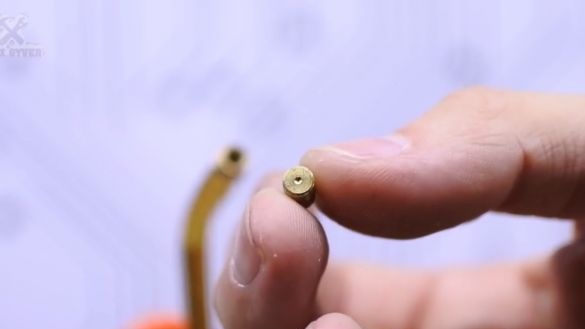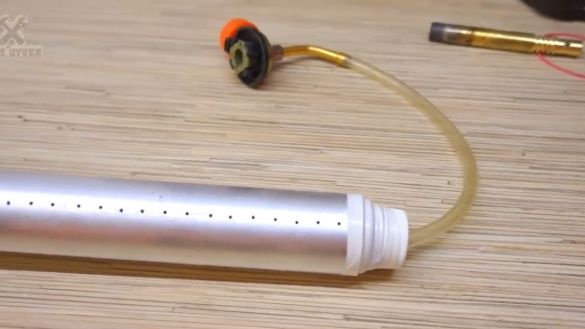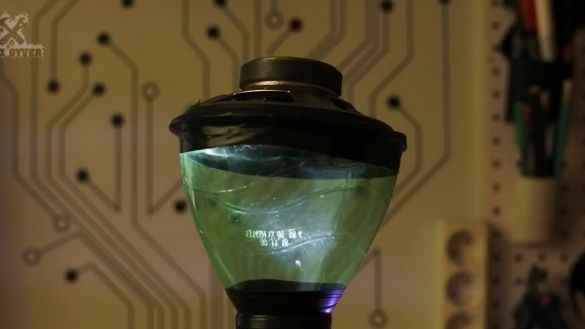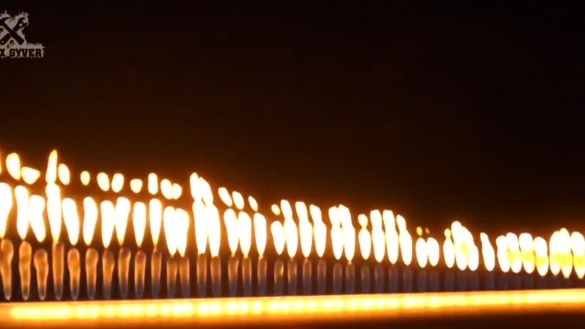Today, together with the author of the YouTube channel AlexGyver, we will conduct a very interesting spectacular and dangerous experiment that will help to see the sound and even feel its warmth.
If you are asked what is sound, what will you answer? Most likely, sound is a wave, but what wave, as you imagine it? Below is a schematic representation of the waveform, but it certainly does not fly out of the speakers in this form.
And here is the classic image of the sound coming from the speaker:
Already much closer to the truth, but the sound is heard behind the speaker, so it’s more correct to draw like this:
Remember the circles on the water, they also come out of the source and increase in size, only the circles on the water, if you look at them from the side, look like the same wave, because the wave on the water is a transverse wave or a displacement wave. Water molecules are displaced relative to each other.
But the wave in the air is a longitudinal wave or a tensile-compression wave, and it spreads along the radius, that is, the areas of compression and rarefaction of air have the shape of a sphere.
How to see a wave in the air? It is almost impossible to do this with the naked eye. One striking example is the shock wave from an explosion.
If the explosion is powerful enough, then you can see a spherical wave from above the compressed air. The air in it is so dense that it causes non-acidic such destruction. But at the same time, sound can be trapped, for example, in the form of a pipe in which it will cease to be a sphere and get these very layers of tension and compression.
Moreover, in such a trap, sound will be reflected from the back wall, and a so-called standing wave will appear, and we will get a constant distribution of air pressure inside the pipe over time. And today we will observe this very wave of tension-compression in an interesting experiment, which was first conducted by Heinrich Rubens back in 1904. In honor of him, the experiments were called the Rubens pipe.
To begin with, we will make a small installation from a small tube.An aluminum tube with a diameter of 12 mm and a length of about 40 cm is suitable for this purpose.
We need to drill holes in the tube with a diameter of about 1 mm each at a small distance from each other, say 1 cm. We mark the places of future holes with a ruler and marker and drill.
Next, we need a gas burner, preferably this one:
This burner is an injection type. Gas mixes with air before igniting and burning as they say with a blue flame. But we need clean gas, so we seal the air holes with tape. Although here the entire nozzle is removed, it’s even easier.
And fix again the electrical tape. The pipe will heat up, but not too much. Pay attention to the cylinder. This is a cylinder for burners with a collet clamp, the cutout on the upper side should be turned as far as possible, otherwise the burner will spit liquid gas and there will be a lot of fire.
The source of sound waves will be a Chinese smartphone with an application of a sound frequency generator (can be found in the google market by name).
We fix the smartphone with the speaker to the second end of the tube, plasticine will help to do this hermetically. We need the membrane dynamics of the smartphone to be maximally connected with the air in the handset. The author strongly does not recommend conducting this experiment at home or without adult supervision with a fire extinguisher, gas is not the safest toy.
And we have 3 parameters that can be configured. These are: gas flow, sound volume and frequency. The essence of the experiment is that at certain frequencies a standing wave appears in the tube and the gas pressure is different in different parts of this wave, and somewhere there is more fire, and somewhere less. And the most interesting thing is that the distance between the peaks corresponds to the length of the sound wave, this is where all the salt is. And then the author noticed that the clay began to melt.
We will use a special thermoplastic that softens in hot water, and then you can sculpt from it, for example, an adapter from a pipe to a smartphone. This is not a 3d print for you - this is art.
Now let's calculate, the frequency of sound is almost 2900 Hz, the speed of sound in propane-butane is almost the same as in air, respectively, according to the school formula, we get a wavelength of 12 cm.
We look at the pipe. Between the lights we have an centimeter, the wavelength is considered through the peak, 12 it is. By the way, this experiment allows us to solve the inverse problem, that is, to find the speed of sound in a pipe at a known frequency. Plus, the experiment is very visual, but it turned out somehow not very spectacular, there wasn’t enough fire, fire. Let's zoom in on the experiment and make more fire. To do this, take a meter pipe with a diameter of 40 mm, it will be hot. The plan is the same, we will drill holes, but this time 1.5 mm in diameter. We will start gas through a silicone tube (like 6 mm), sold in a plumbing store. We will stick it in part of the jar of vitamins. And it’s just put on the burner.
We connect the speaker through the top of the plastic bottle.
In general, this thing works - like this:
Very smooth and beautiful waveform, the installation works perfectly, but the gas flow is clearly not enough, just do not twist the handle. The problem lies in the nozzle, it needs to be unscrewed from the burner, since very little gas passes through it.
There it is. But for the musician, the author did not have enough speaker power, so we move on to a larger speaker and a large bottle, and of course we will install a Chinese amplifier to make it all work.
A speaker with a large diffuser can move much larger volumes of air, which means that the reaction to sound will be much sharper. And such an installation should pull the music, by the way, it looks like a garden flashlight.
By the way, unlike a burner, freely burning gas smokes a lot, which is another reason not to repeat this experiment at home. You can just watch the author’s original video:
That's all. Thank you for attention. See you soon!

